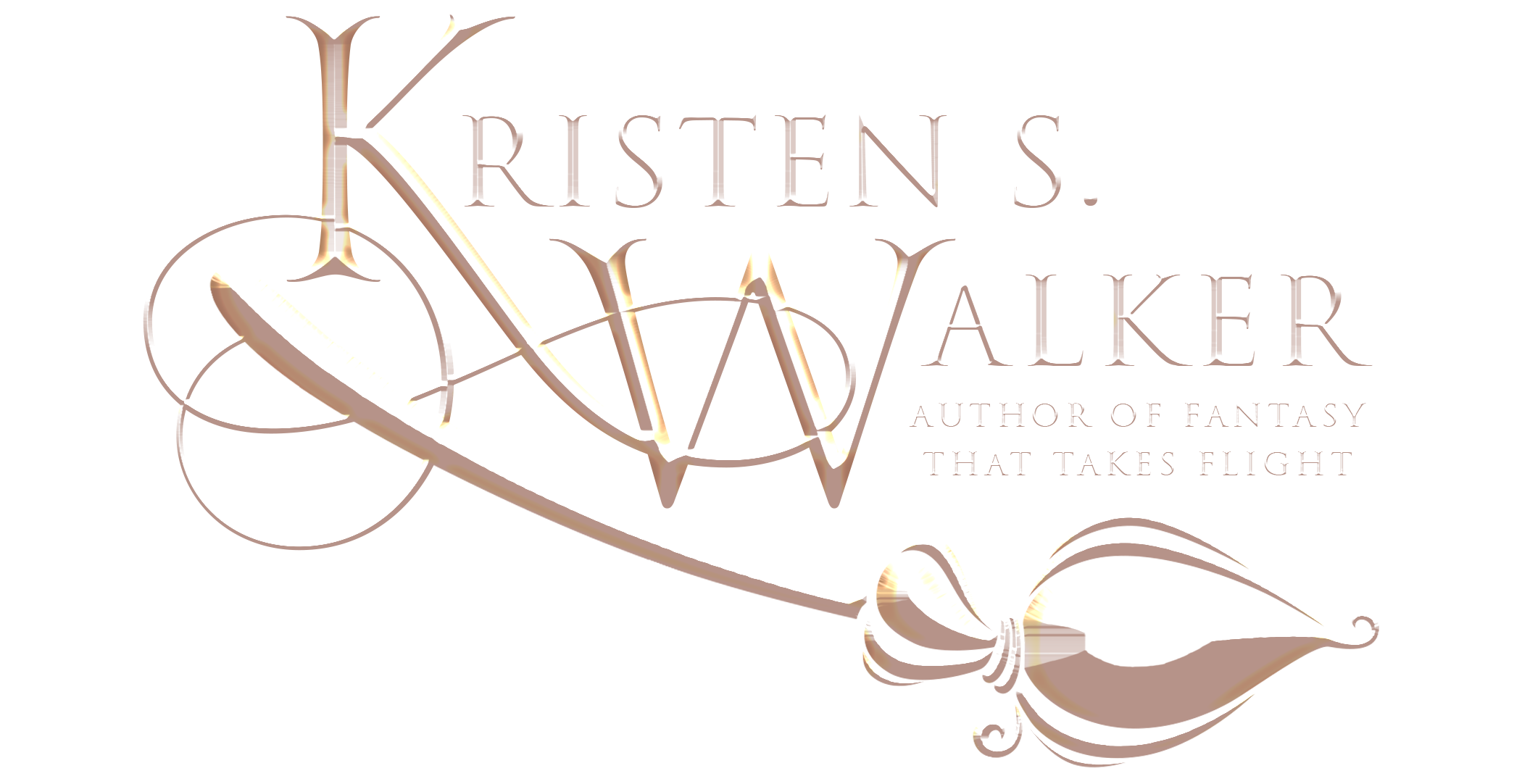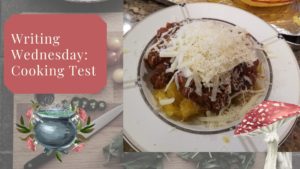I haven’t had a lot of time for writing this summer between school and everything else, nor have I felt particularly inspired to write anything, especially not on Desire the Night. However, I have been doing little bits of work here and there for my fantasy series, planning the world. It’s easier to fit into a busy schedule because I can just pull out my notebook and jot down a few ideas in spare moments, yet the things I’m coming up with are having a profound effect on how the story is shaping itself in my mind.
Most of this information has been base level foundation on which I will later build for the story itself, meaning that it hasn’t been something I can share with everyone. However, I did write a few essays about Arqan government, religion, and their perceptions of foreigners. When I hash out more details, expect some information on Arqan cosmology (an experiment in what would happen if a culture placed importance on the number five instead of four or three, like many other [real and imagined] cultures/worlds have done, e.g., Celtic or The Dark Crystal) and maybe the first of much detailed information about the language.
Because language is the new big break-through of the past few days. I’ve had the phonology pretty well detailed for a while now and experimented with some of the morphology, but the writing system has been a sticking point. No longer. After exploring many different types, I came up with a spin on the typical alphasyllabary.
Basically, the idea was that I wanted the vowels to have a central role, instead of the consonants. In a standard alphasyllabary, the consonant forms the main sign and has an inherent vowel; the sign can then be modified by diacritics to express different vowels or even none. I flipped that and made the vowel the main sign, inherently in pure form, and then had the consonant preceding and/or following the vowel indicated by diacritics. The problem was creating eighteen distinct forms of diacritics (which would be distinct when written upside-down and/or backwards, due to the unique constraints of the vowels I chose, mainly for aesthetics and easier distinctions between signs), so they’re kind of complex and large. Also, because the syllable structure for Arqan is (C)V(C), i.e., a vowel which can be sandwiched between two consonants (which leads to consonant clusters, because if you link two syllables it’s possible to have CVCCVC, etc.), I had to be able to write two diacritics for one vowel, one on each side.
I managed a fairly systematic structure, yet the end result when writing words is very distinctive. I then immediately wanted to adapt this into a computer font, but a) my scanner is not working and b) I don’t know if I can get a font to link letters. If I could get it to link letters in pairs, then I would only have to create two symbols for each vowel/consonant pair, one right and one left; seven vowels times eighteen consonants times two sides would mean 252 symbols plus the seven pure vowels. But if I have to create a separate symbol for each possible syllable, e.g., instead of having ba + ab + la + ol and so on, I’d also have to have bab + bal + bol + lob and so on, I’d end up with seven vowels times eighteen consonants times eighteen consonants plus seven pure vowels for all those symbols, equaling 2275 symbols!
That’s just mind-boggling. My hand would get tired just trying to draw all of those, let alone edit them in a font creator. I guess this is why when people create syllabaries, they only link it to very simple syllable structures, like the Japanese (C)V(n). I thought that by having an easy twenty-five symbols that could be recombined to create the distinctive end-symbols which express up to three sounds, I could remove a lot of that work, but I just realized that I don’t know how to make my computer take the twenty-five symbols and combine them the way I want them to be, which would be the easiest way.
I’ll figure something out, or I’ll just hand-write and scan every passage of Arqan text I want to use. Arqan technology has not invented the printing press, anyways, so handwriting would probably be more authentic. I just thought it would be fun to make my own font. The point is, I can write (if not type) in Arqan all I want now, so I’ve been having fun with the words I already have in the language (mostly names). A lot of them look really cool (although I’m not sure how I feel about the main character’s name, Riwenne, which may lead me to change the symbol for n, because she’s that important).
Also, the nature of the symbols leads to an interesting writing style: the vowels look the same written forwards or backwards, so I decided that their writing would be boudestrophon, because I couldn’t decided if I liked left-to-right or right-to-left better. Boudestrophon writing means that the lines alternate between left-to-right and vice versa (so when you read it and reach the end of the line, instead of dragging your eyes all the way back across the page to the beginning of the next line, you just slide down to the word immediately below the last one you read and make your way back). However, because the central vowels don’t look reversed and the consonant diacritics reverse themselves depending on whether they come before or after the vowel anyways, a right-to-left line looks just like the left-to-right lines immediately above and below it. When you look at a text, it appears uniform. You’d have to know how the Arqans write in order to know which direction to read the letters.
Um, I’m sure I’ve bored everyone by now with all these details, so suffice it to say that despite the difficulties I have been having a lot of fun and I really like the end result. It really changed my perception of the language to see it written in its own system instead of the familiar Latin-based characters we use for English. I want to work out more vocabulary and some basic grammar so I can start writing sentences.

